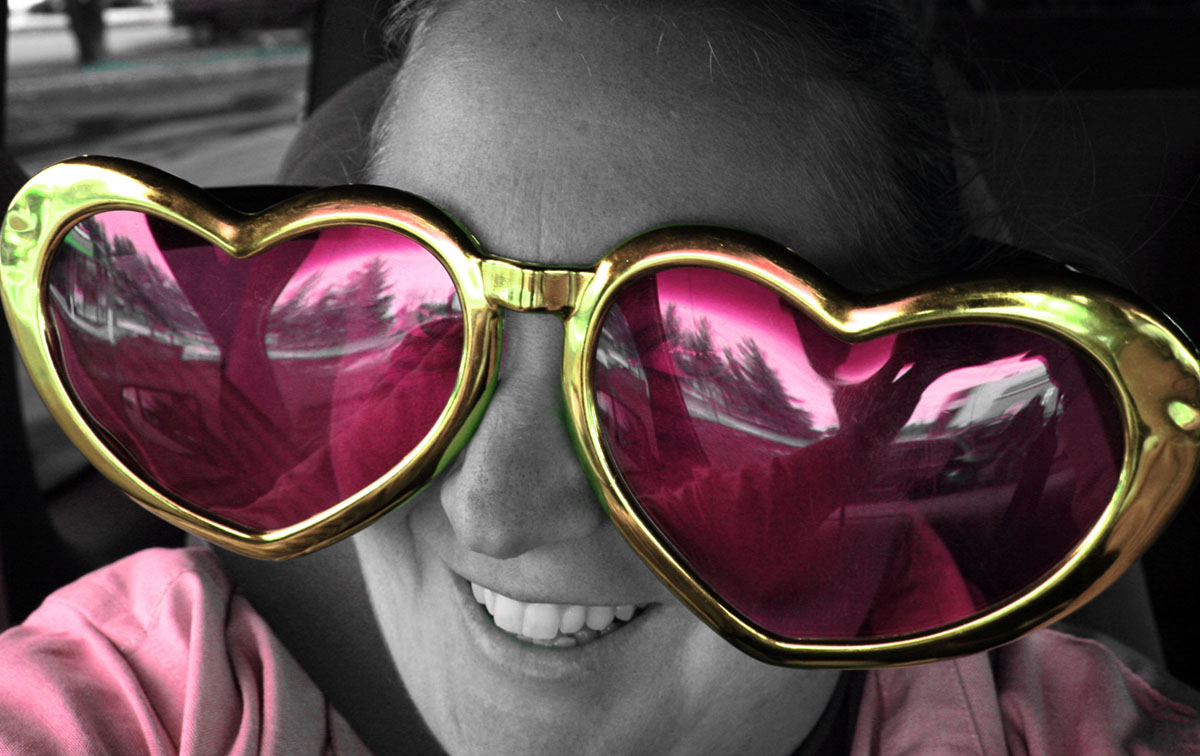

Nobel Prize winner Daniel Kahneman has said: “Most of us view the world as more benign than it really is, our own attributes as more favorable than they truly are, and the goals we adopt as more achievable than they are likely to be.
Unrealistic optimism. drivers#
Studies show that the optimism bias contributes to the tendency of construction projects to be much more expensive and take longer to complete than originally estimated, of students to not worry about cyberthreats because they think they are much less vulnerable to them than their peers, of taxi drivers to overestimate their ability to drive safely while fatigued, and of bankers to overprice IPOs.

We predict that we’ll make lots of money and have productive careers, our children will be very talented, and the car wrecks, divorces, layoffs, cancers, and dementia that happen to other people will not happen to us. The optimism bias (also known as the “overoptimism bias”) is, according to psychologist Tali Sharot, “the inclination to overestimate the likelihood of encountering positive events in the future and to underestimate the likelihood of experiencing negative events.” This bias has a neurophysiological basis and is powerful, in part, because people tend not to be consciously aware of it.īecause of the optimism bias, most of us irrationally expect our lives to go better than a rational person would forecast.

But it is quite likely that another contributing factor was the well-known optimism bias that 80% of us suffer. Hanna Horka’s tragic death is attributable in part to misinformation and perhaps political inclination. As is the case with PUP, that would put Bakhtiari on the shelf for four weeks.On January 20, 2022, CNN reported that a well-known Czech folk singer, who also happened to be a vocal anti-vaxxer, had died of COVID-19 after intentionally exposing herself to the virus so that she could be “done with COVID.” She was confident that COVID-19 posed no serious threat to her health. 30 but be placed on injured reserve on Aug. The worst-case scenario is Bakhtiari will be on the 53-man roster on Aug. The best-case scenario is he’ll be in the starting lineup at Minnesota in Week 1. By being on the roster now, the PUP option is off the table. That would have meant he’d miss the first four games – and probably more, since he’d presumably need more than a few practices to get ready to play in a game. Had Bakhtiari finished training camp on PUP, would have been eligible to start the regular season on PUP. That's actually been a long time ago that we put that chapter to bed. So, that's what it is: the load, stress, strength, but we're not really in an ACL issue. Now it's just getting that normal feeling again when I play football. My knee feels normal, and that's the biggest plus. “What I can say is I do feel really good. “When I'm ready, I'll be out there,” he said. Speaking at the start of training camp on July 27, Bakhtiari wouldn’t put a date on his return but there was an obvious level of optimism in his voice. It is hard when you’re projecting, at times, when guys could not be back there with you.” If you had a crystal ball and you knew exactly when that would be, it definitely makes it a lot easier from a game-plan purpose. So, I do think there’s going to be a ton of benefit to when we can get them out there. Just their ability to communicate and see things, their experience speaks for itself.
Unrealistic optimism. how to#
“But, certainly, they know how to play the game, they know what to expect when they go out there.


 0 kommentar(er)
0 kommentar(er)
